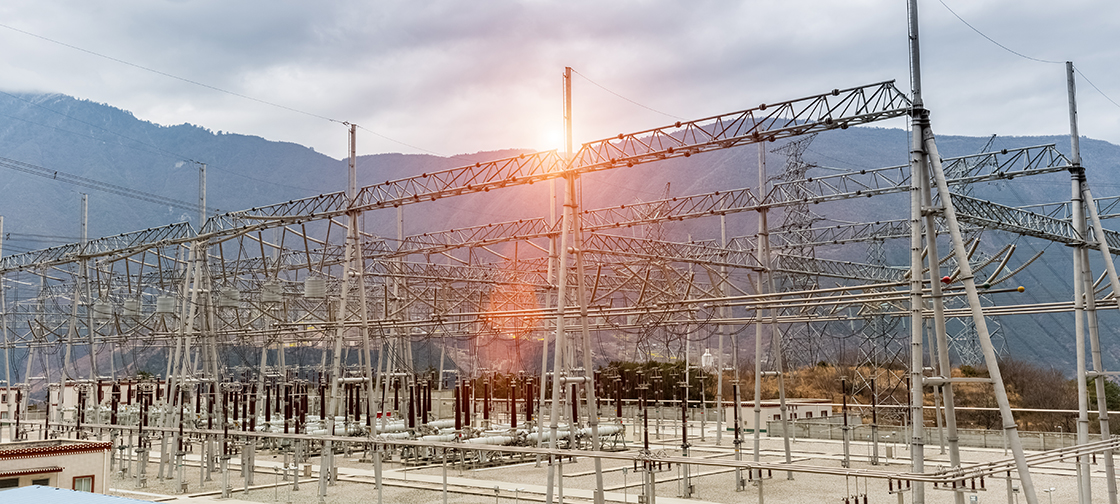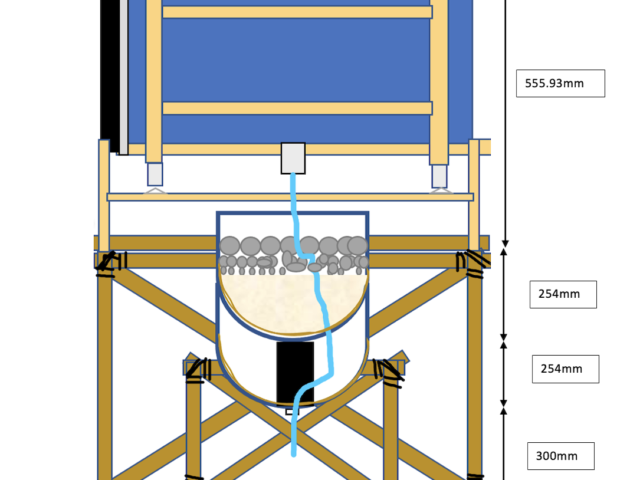Direct current (DC) powers flashlights, smartphones and electric cars, but major power users depend on alternating current (AC), which cycles on and off 60 times per second. Among the reasons: AC is simple to turn off when there’s a problem — known as a fault — such as a tree falling on a power line.
But DC has inherent advantages over its alternating cousin, among them higher efficiency and the ability to carry more power over longer distances. That could be increasingly important as wind farms in rural areas produce power needed in population centers. And future electric aircraft and ships are likely to be powered by high-power-density DC systems.
Alternating current can be shut down when the power level hits zero during a cycle — the zero-crossing point of a sine wave — which is the basis for breakers that protect modern power systems everywhere from substations to home installations. Without these alternating cycles, however, direct current has no opportune time to turn off the power.
New technology funded by a $3.3 million award from ARPA-E’s BREAKERS program could help solve that problem using innovations in power electronics, piezoelectric actuators, and new insulation materials to make high-power DC circuit breakers feasible. Researchers from the Georgia Institute of Technology and Florida State University (FSU) expect to enable breaker switching speeds ten times faster than existing equipment and commercialize the technology through a consortium of industry partners.
“The transition from AC to DC, which is already happening, will open up a new paradigm for efficiently and controllably managing power in future electrical systems and military platforms,” said Michael “Mischa” Steurer, a research faculty member at Florida State University’s Center for Advanced Power Systems. “This will be enabled by the amazing developments that have happened over the past two decades in power electronics.”
Source: “Hybrid breakers could make direct current practical in high power applications”, Georgia Institute of Technology




